Discoveries
-
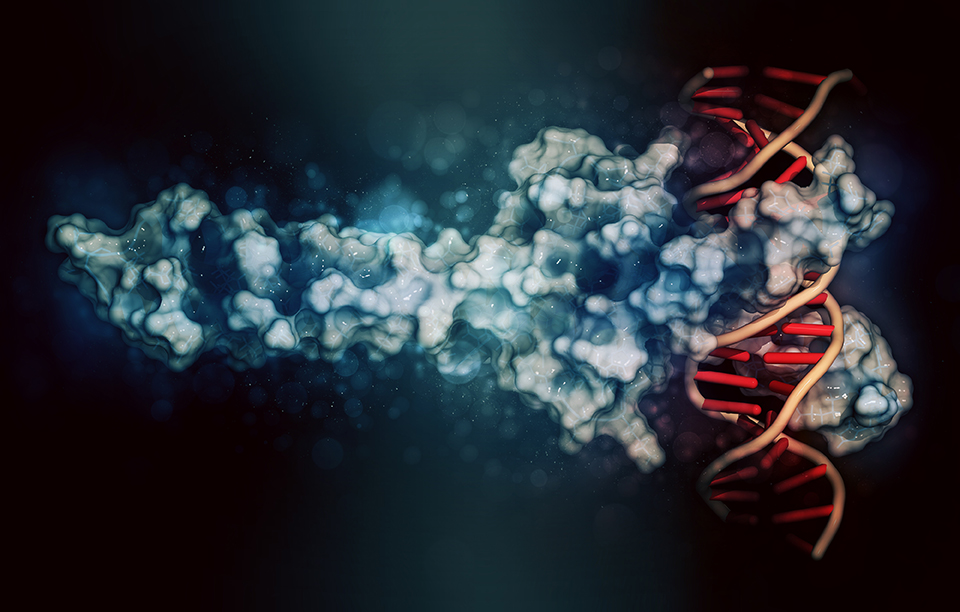
Breaking up MYC-WDR5 to counter cancers
By Suneethi Sivakumaran C-MYC, a variant of MYC, and MAX bound to DNA. (Molekuul.be, stock.adobe.com) Cancers are complex and diverse in nature, assailing the human body through different mechanisms. Cancer cells outsmart normal cells through myriad mechanisms, including sustained proliferation, insensitivity to growth suppressors, and resistance to cell… Read MoreFeb. 4, 2020
-

Targeting NA to protect against lethal avian flu infection
By Sohini Roy New research can lead to improved vaccines against the flu, including strains such as H7N9 and antiviral-resistant strains. Image by Heather Hazzan, SELF Magazine. Published under a CC BY 2.0 license. Obtained from Flickr. Asian lineage avian influenza virus (H7N9) is… Read MoreJan. 22, 2020
-

Of mice and tailgaters: Identifying neural circuitry involved in binge drinking
By Deborah Roby A mouse drinking from a water dispenser. Published under a CC0 1.0 license. Researchers at the Vanderbilt Center for Addiction Research, along with collaborators at MIT and Salk Institute, have determined a neurological pathway that may be used to determine a… Read MoreDec. 19, 2019
-
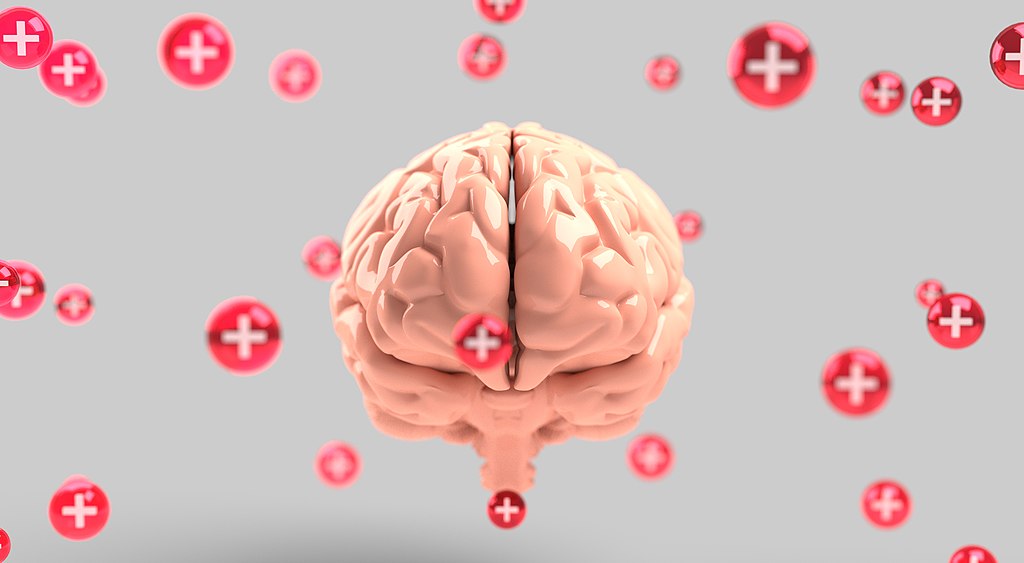
Fight or flight – Flexibly
By Julia Thompson Artist’s rendering of a mental health concept, by Quince Media. Image reproduced under a CC BY 4.0 license. Fear is a crucial emotion for human survival. Without the ability to experience fear in response to possible threats in the environment, it is all too easy… Read MoreDec. 19, 2019
-
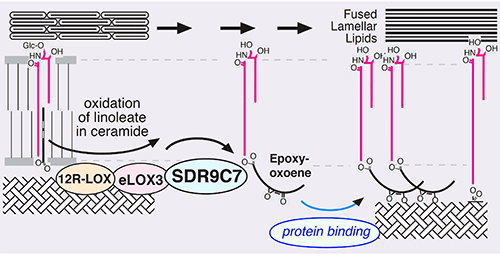
Barring normal skin barrier formation
By Suneethi Sivakumaran Proposed mechanism of skin barrier formation. SDR9C7-catalyzed oxidation of linoleate in ceramides is required for covalent binding to the protein matrix and sealing of the water permeability barrier. Diagram courtesy of Alan Brash. Human skin has three major layers: epidermis, dermis, and hypodermis. Epidermis is the outermost… Read MoreDec. 10, 2019
-

To B or not to B (mature)
By Cassandra Awgulewitsch A 3D drawing of a B cell. From Blausen.com staff (2014). “Medical gallery of Blausen Medical 2014”. WikiJournal of Medicine 1 (2). DOI:10.15347/wjm/2014.010. ISSN 2002-4436. Reproduced under a CC BY-SA 4.0 license. Kristy Stengel, a postdoc in… Read MoreDec. 5, 2019
-
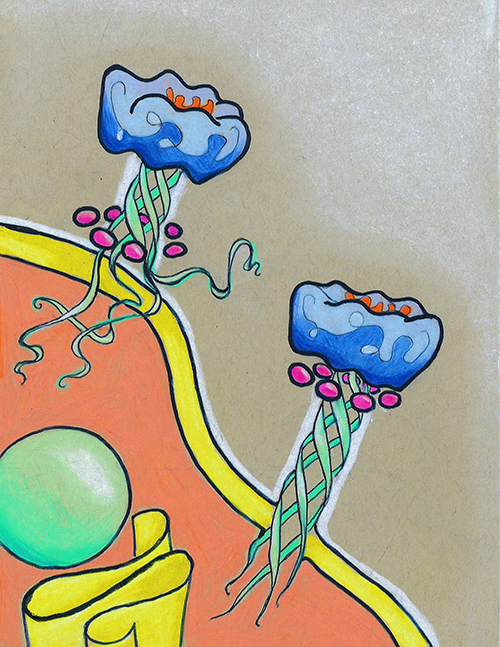
Anatomy of a toxin pore
By Jaime Jensen An artist’s rendering of the pore-forming action of a C. difficile binary toxin. Courtesy of the artist. Eve Moll 2019. This article originally appeared in the Nature Research Microbiology Community blog. The bacterium Clostridioides* difficile (C. diff) has been called many things: a superbug,… Read MoreNov. 27, 2019
-
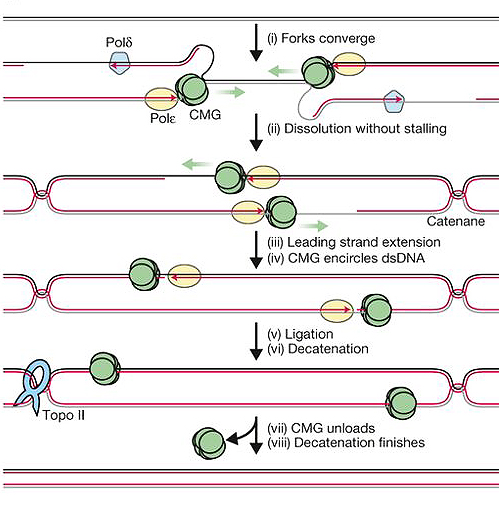
Making ends meet, and how to avoid a (replication) hangover
By Alexandra Fuller Model of vertebrate replication termination. Adapted with permission from Dewar et al. Nature 2018; 525:345–350. DOI: 10.1038/nature14887. You might break chicken eggs for your breakfast, but the lab of James Dewar (Biochemistry) breaks frog eggs to better understand the mechanisms cells use to terminate DNA replication. Published… Read MoreNov. 8, 2019
-

When G-actin is set free
By Cayetana Arnaiz Yépez Super-resolution images of two human epithelial cells. Fluorescence intensities are heatmapped to facilitate visualization; warmer colors correspond to higher levels of the cytoskeletal protein, actin. Image courtesy of Matt Tyska. Cells along our intestinal tract are responsible for absorbing nutrients and acting as a barrier to… Read MoreNov. 7, 2019
-

The discovery of worms’ many spines
By Natalya Ortolano Confocal laser scanning microscopy image of the dorsal cord of a young adult showing a VD motor neuron with spine-like protrusions, and a close-up of the spines. Figure reproduced and modified under a CC BY 4.0 license from eLife 2019;8:e47918. When Nobel laureate Santiago… Read MoreNov. 7, 2019